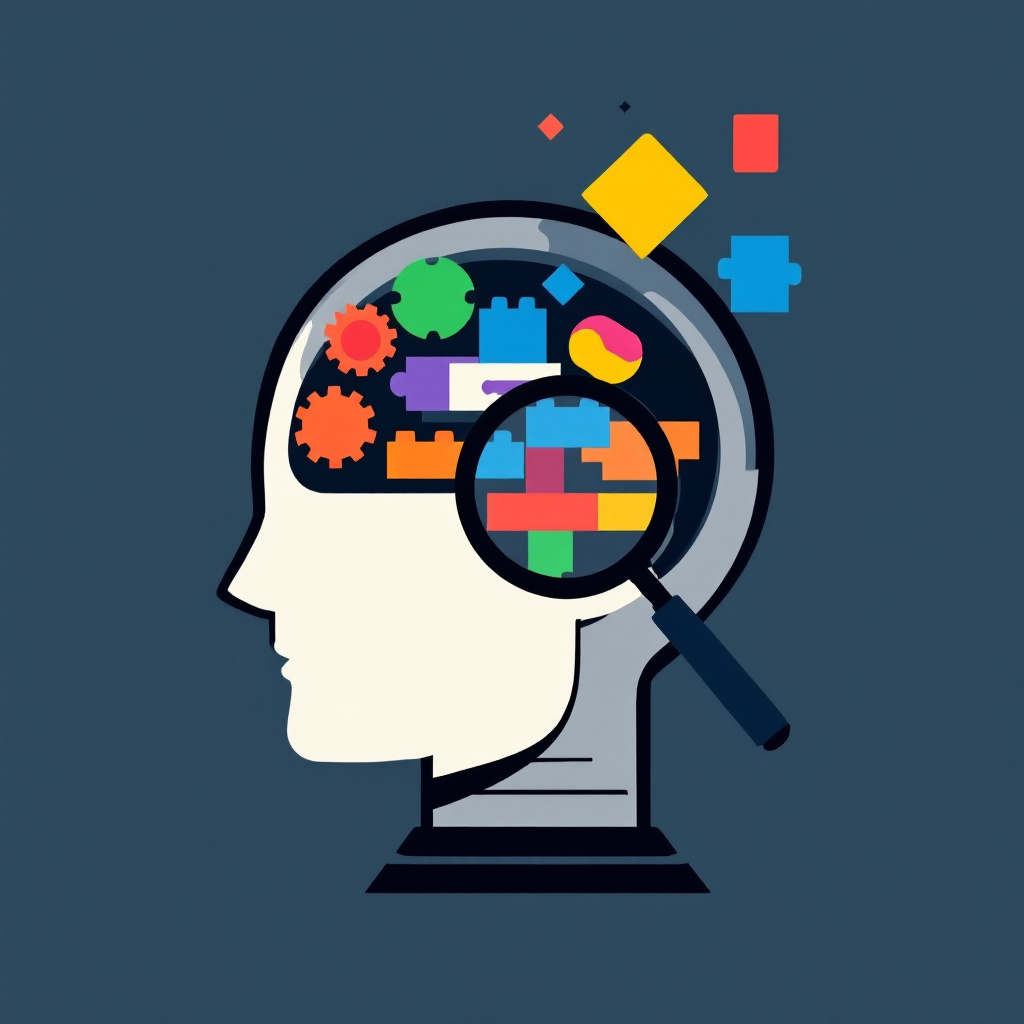In the fast-paced world of artificial intelligence, it's easy to get caught up in the excitement of the latest breakthrough models. With each passing month, we see new architectures, larger parameter counts, and increasingly impressive benchmarks. While these advancements are undoubtedly pushing the boundaries of what's possible, it's crucial not to overlook the continued value and relevance of older, more well-worn machine learning models.
The allure of cutting-edge deep learning models is undeniable. They've revolutionized fields like computer vision, natural language processing, and generative AI. However, the reality is that these models often come with significant drawbacks: they're computationally expensive, require vast amounts of data, and can be challenging to debug. In many real-world scenarios, particularly when resources are constrained or interpretability is paramount, older machine learning models continue to shine.
Let's take a journey through some of these "elderly" models, exploring their strengths, use cases, and why they deserve a permanent place in every data scientist's toolkit.
Naive Bayes: Simple Yet Effective
Naive Bayes is perhaps the poster child for the "oldie but goodie" category of machine learning algorithms. Based on Bayes' theorem, this probabilistic classifier makes a strong (and often incorrect) assumption of independence between features. Despite this naivety - hence the name - it often performs surprisingly well, especially in text classification tasks.
One of the primary advantages of Naive Bayes is its simplicity. It's easy to implement, quick to train, and computationally efficient. This makes it an excellent choice for real-time applications or scenarios where computational resources are limited. For instance, spam filtering, a classic application of Naive Bayes, needs to process vast amounts of emails quickly and efficiently.
Naive Bayes shines in situations with limited training data. While deep learning models might struggle with small datasets, Naive Bayes can often produce quite reasonable results even when data is scarce. This makes it particularly useful in domains where labeled data is expensive or difficult to obtain.
Linear and Logistic Regression: The Workhorses of Predictive Modeling
Linear and logistic regression models have been around for decades - almost a century at this point! - yet they continue to be widely used across various industries, particularly in finance and healthcare. Their enduring popularity stems from their interpretability and effectiveness in many real-world scenarios.
Linear regression, used for predicting continuous outcomes, is often the first model I turn to when exploring relationships between variables. Its simplicity allows for easy interpretation of feature importance, making it an invaluable tool for understanding the underlying dynamics of a system.
Logistic regression, the go-to model for binary classification problems, shares many of the same advantages. It's particularly useful in scenarios where you need to understand the impact of various factors on a binary outcome. For instance, in healthcare, logistic regression models are often used to predict patient outcomes or the likelihood of disease based on various risk factors.
Both these models are computationally efficient, making them suitable for large-scale applications where more complex models might be prohibitively expensive to train or deploy. And let's face it, when billion-dollar companies are scooping up all the GPUs, it's nice to have models that don't require a small fortune in computing power to run.
Hidden Markov Models: Unsung Heroes of Sequential Data
Hidden Markov Models (HMMs) might not be as flashy as recurrent neural networks or transformers, but they continue to play a crucial role in many sequence modeling tasks. These probabilistic models are particularly effective in scenarios involving time-series data or state transitions.
One of the most notable applications of HMMs is in speech recognition. While modern speech recognition systems often use deep learning models, HMMs still play a role in many systems, especially in ensemble approaches that combine HMMs with neural networks.
HMMs also find their place in my toolkit when doing natural language processing tasks such as part-of-speech tagging and named entity recognition. Their ability to model sequential dependencies makes them well-suited for these tasks, often providing good results with relatively low computational overhead.
Decision Trees: Branching Out into Interpretability
Decision trees offer a unique blend of performance and interpretability. These models work by splitting the data based on feature values, creating a tree-like structure that can be easily visualized and understood.
The interpretability of decision trees is one of their biggest advantages. In domains where understanding the decision-making process is crucial - such as healthcare or finance - decision trees can provide insights that more complex models often can't. For instance, a decision tree model used in a loan approval system can clearly show which factors led to a particular decision, making it easier to explain outcomes to stakeholders or regulatory bodies.
Decision trees (and particularly random forests) often perform well on a wide range of problems without requiring extensive hyperparameter tuning. This makes them excellent baseline models and a good choice when you need to quickly prototype a solution.
k-Nearest Neighbors: Keeping It Simple
The k-Nearest Neighbors (k-NN) algorithm is perhaps one of the simplest machine learning models, yet it continues to be useful in various applications. This non-parametric method works by finding the k closest data points to a given input and making a decision based on their labels.
One of the key advantages of k-NN is its simplicity. It's easy to understand, implement, and explain to non-technical stakeholders. This makes it a great choice for educational purposes or when working with teams that may not have extensive machine learning expertise.
k-NN can be particularly effective in recommendation systems, where the goal is to find items similar to a user's preferences. It's also useful in anomaly detection scenarios, where outliers can be identified by their distance from other data points.
However, it's worth noting that k-NN can become computationally expensive with large datasets, as it needs to calculate distances between the input and all other data points. This limitation highlights the importance of choosing the right tool for the job - a recurring theme when discussing older models.
Support Vector Machines: Still Supporting After All These Years
Support Vector Machines (SVMs) were once the go-to model for many classification tasks, particularly in scenarios with high-dimensional data. While they've been overshadowed by deep learning models in some areas, SVMs continue to be valuable in many applications.
One of the key strengths of SVMs is their effectiveness in high-dimensional spaces. This makes them particularly useful in text classification and image recognition tasks, where the number of features can be very large. SVMs are also less prone to overfitting in high-dimensional spaces compared to some other algorithms.
Another advantage of SVMs is their versatility. Through the use of different kernel functions, SVMs can model non-linear decision boundaries, allowing them to handle a wide range of problem types. This flexibility, combined with their solid theoretical foundation, makes SVMs a powerful tool in many machine learning applications.
Gaussian Mixture Models: Mixing It Up
Gaussian Mixture Models (GMMs) are probabilistic models that represent data as a mixture of Gaussian distributions. While they might not get as much attention as some other models, GMMs continue to be useful in various clustering and density estimation tasks.
One of the key applications of GMMs is in speaker recognition systems. By modeling the distribution of acoustic features, GMMs can effectively capture the characteristics of different speakers. They're also used in image segmentation tasks and anomaly detection scenarios.
GMMs offer a nice balance between flexibility and interpretability. They can model complex, multi-modal distributions while still providing insights into the underlying structure of the data. This makes them a valuable tool in exploratory data analysis and in scenarios where understanding the data distribution is crucial.
The Importance of Choosing the Right Tool
As we've seen, each of these older models has its strengths and ideal use cases. The key to effective machine learning is not always about using the newest or most complex model, but about choosing the right tool for the job. In many real-world scenarios, the advantages of these older models - simplicity, interpretability, computational efficiency, and effectiveness with limited data - can outweigh the potential performance gains of more complex models.
These older models often serve as excellent baselines. Before diving into more complex approaches, it's often beneficial to see how well a simple model performs. This can provide valuable insights into the nature of the problem and help guide further model development.
The Value of a Diverse Toolkit
As machine learning practitioners, it's crucial to maintain proficiency with a diverse set of tools, including these older models. While it's important to stay up-to-date with the latest advancements, it's equally important not to neglect the fundamentals.
Understanding these older models provides a solid foundation for grasping more complex techniques. Many modern machine learning approaches build upon or combine elements from these classic algorithms. For instance, the concept of decision boundaries in SVMs is relevant to understanding neural networks, and the probabilistic foundations of Naive Bayes and GMMs are crucial for grasping more advanced probabilistic models.
Familiarity with a range of models allows for more creative problem-solving. Sometimes, the best solution might involve combining different approaches or using a simpler model as part of a larger system. The ability to draw from a diverse toolkit can lead to more robust and efficient solutions.
Conclusion: Respect Your Elders
In the rapidly evolving field of machine learning, it's easy to get caught up in the hype of the latest models. However, as we've explored in this article, older machine learning models continue to offer valuable solutions in many real-world applications.
These models - from the simple elegance of Naive Bayes to the versatile power of SVMs - each have their strengths and ideal use cases. Their advantages in terms of simplicity, interpretability, computational efficiency, and effectiveness with limited data make them indispensable tools in many scenarios.
As we continue to push the boundaries of what's possible with machine learning, let's not forget to respect our elders. These classic models have stood the test of time for a reason, and they're likely to remain valuable tools in our machine learning toolkit for years to come.
So the next time you're faced with a machine learning problem, take a moment to consider whether one of these older models might be the perfect fit. After all, sometimes the best solution isn't the newest or most complex - it's the one that gets the job done efficiently and effectively. And in a world where billion-dollar companies are indeed scooping up all the GPUs, that's a virtue we can all appreciate.
-Sethers



